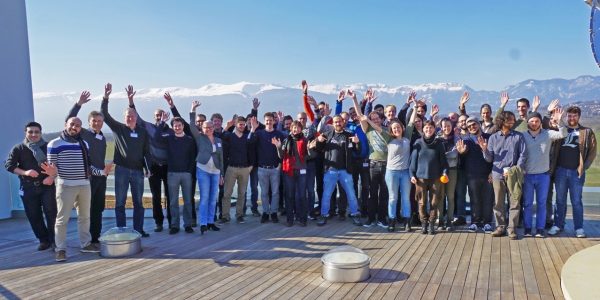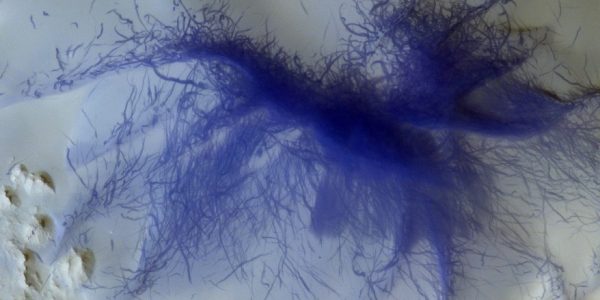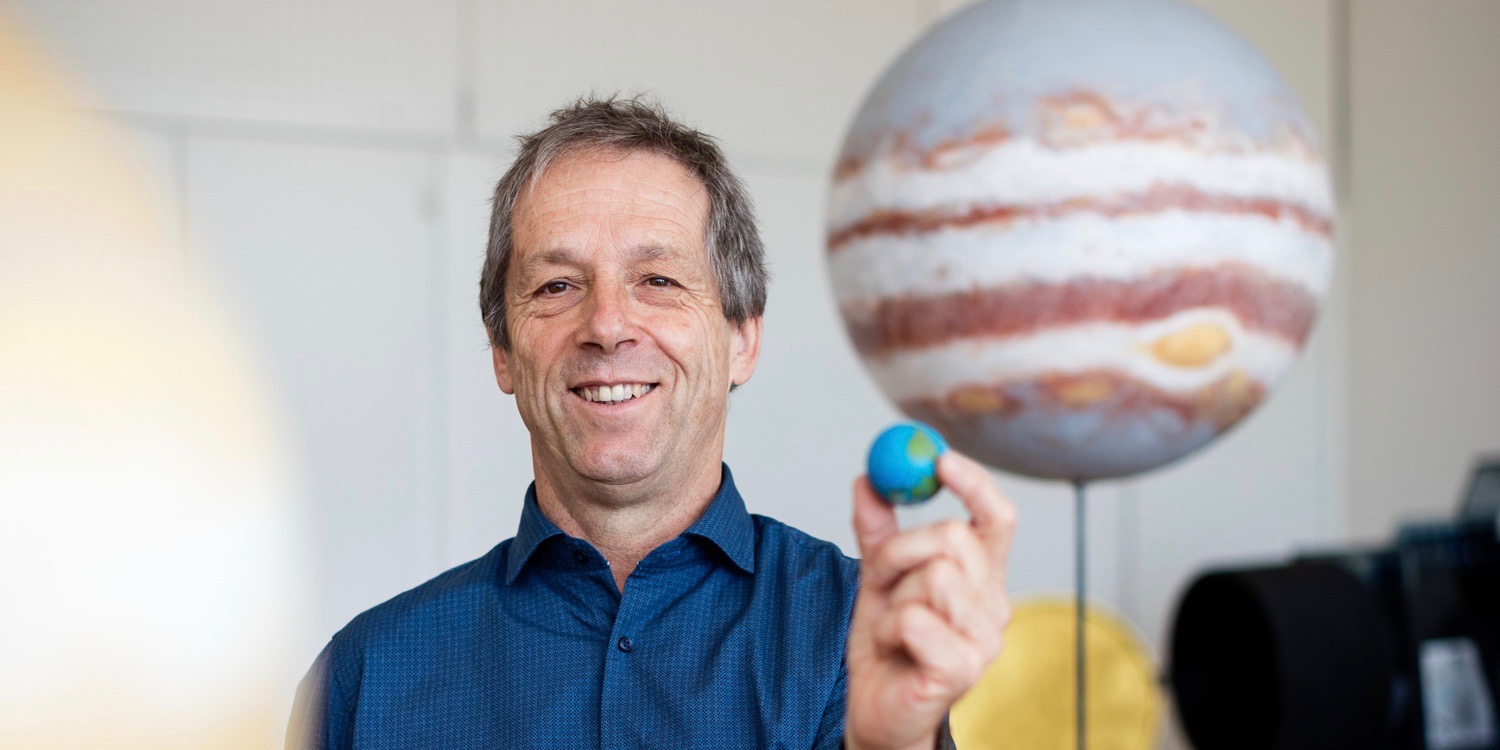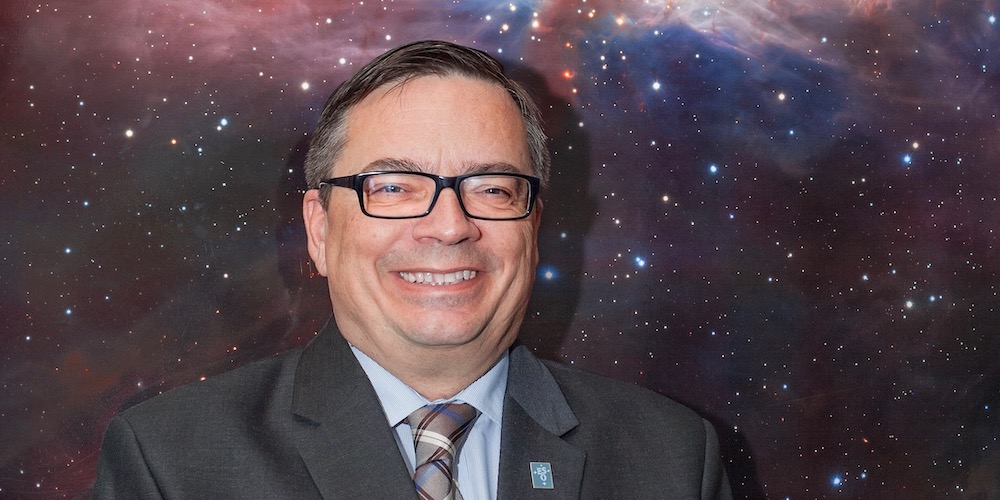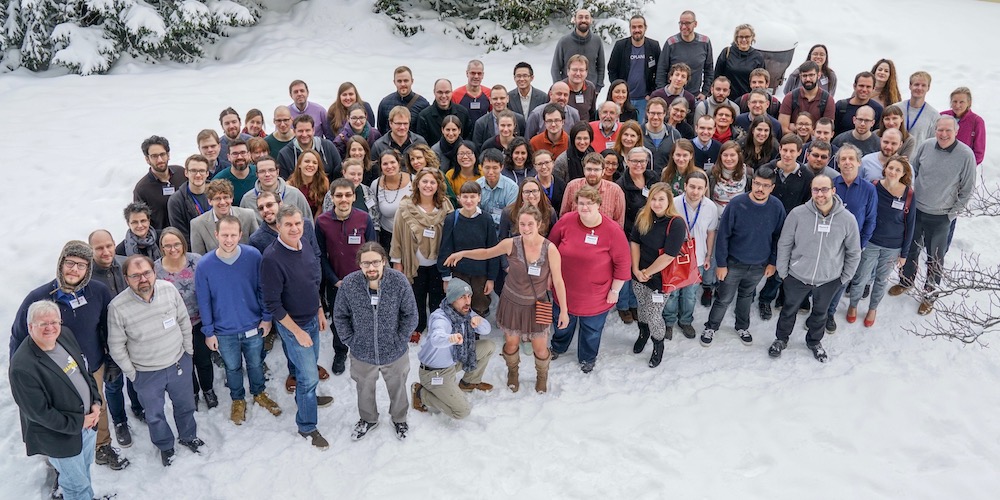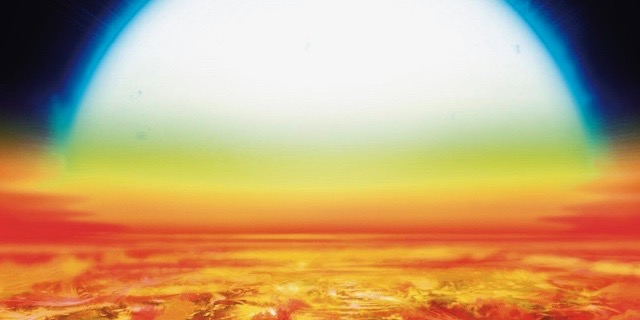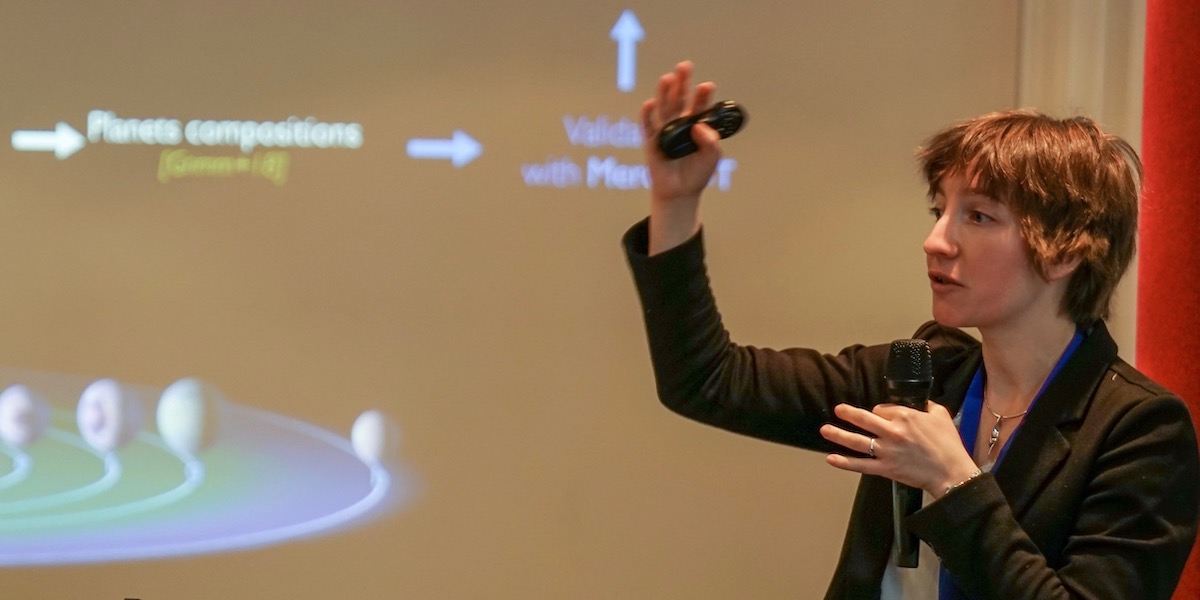News
We need volunteers!
Once more, the NCCR PlanetS will return to Fantasy Basel this year! From Friday 3rd noon until Sunday 5th of May evening, PlanetS will once again be at the Fantasy Basel event, the Swiss Comic-Con. And this time, we are getting bigger! Our stand will be 600 square-meters in collaboration with the Swiss Space Museum, as it will feature the premiere […]
Continue ReadingMachine Learning Workshop
Last February the Geneva Observatory hosted a Machine Learning workshop. Machine Learning methods have been around for many years now and their use is growing within the astronomical community. This 3 day workshop focused on the practical use of supervised and unsupervised Machine Learning techniques on astronomical data, with short theoretical introductions followed by extensive […]
Continue ReadingPostdoctoral position in planetary science at the University of Bern (Switzerland)
As part of its long-term strategic interest in exoplanet science, the government of Switzerland has awarded funding to a network of universities and research groups to create a Swiss-wide research framework known as “PlanetS”. The scope of the framework is broad (see www.nccr-planets.ch) and includes planet origin, evolution and characterization, considering both the Solar System and […]
Continue ReadingNew images of Mars
The Bernese camera CaSSIS delivered new high-resolution, colour images of the surface of Mars. They show curious surface features, water-formed minerals, 3D stereo views, and even a sighting of NASA’s InSight lander. The Colour and Stereo Surface Imaging System (CaSSIS) was developed by an international team led by Nicolas Thomas, professor at the University of […]
Continue ReadingEditorial
Dear Readers, Time flies! When you receive this edition of the Observer, PlanetS will already be nearing the end of its five year of existence! Not even a blink of an eye on astronomical timescales and yet our science and therefore our activities have evolved enormously. With improving astronomical instrumentation, the focus of attention shifts […]
Continue Reading“This is a gigantic project even for ESO”
Xavier Barcons is Director General of the European Southern Observatory ESO. Last week he travelled to Switzerland for the ESO Council Meeting that took place in Bern. ESO is currently building the Extremely Large Telescope ELT. With a mirror diameter of 39 meters the ELT will be the world’s largest optical/near-infrared telescope. NCCR PlanetS: What […]
Continue ReadingA golden age for planetary scientists
The NCCR PlanetS is now in its second four-year-long phase. 122 members and associates gathered at the end of January 2019 to review what they have achieved and discuss new research projects. Research initiatives such as PlanetS are temporary projects. The Swiss National Science Foundation SNSF funds National Centres of Competence in Research (NCCR) for […]
Continue ReadingExamining the atmospheres and climate of exoplanets
After being able to measure the masses and the diameters of exoplanets, using the information to deduce what materials they have formed from, astronomers now seek to detect the chemical composition of their atmospheres if they possess one. For several years, atmosphere detection announcements have been in the news before being questioned and recently proven. […]
Continue ReadingA new teacher at PlanetS
Emeline Bolmont has just been appointed Assistant Professor in the Department of Astronomy at the University of Geneva, a position funded by PlanetS. Originally from Toul near Nancy in north-eastern France, the new professor was introduced to astronomy at a very early age by her parents who occasionally went to observe the sky on a […]
Continue ReadingNeural networks predict planet mass
To find out how planets form, astrophysicists run complicated and time consuming computer calculations. Members of the NCCR PlanetS in Bern have now developed a totally novel approach to speed up this process dramatically. They use deep learning based on artificial neural networks, a method that is well known in image recognition. Planets grow in […]
Continue Reading

